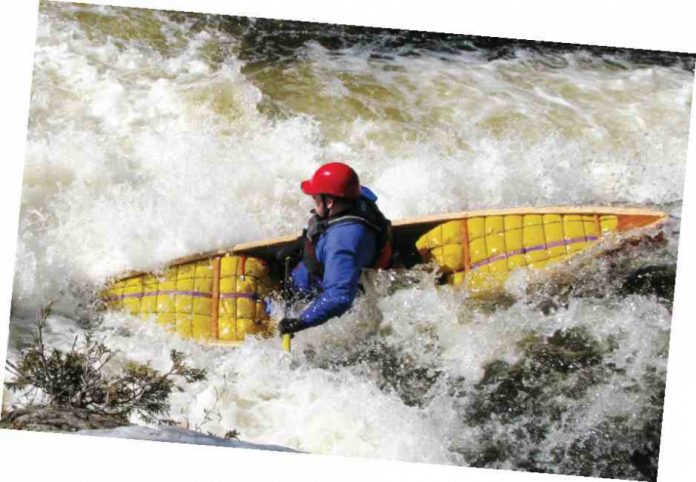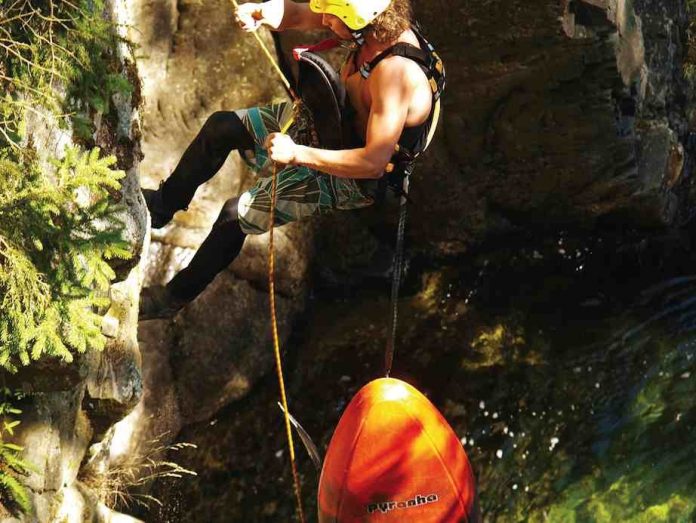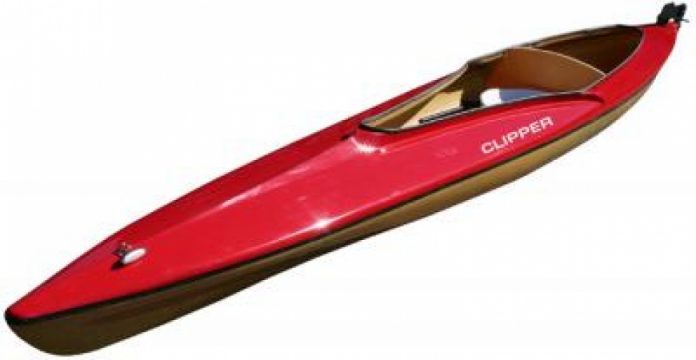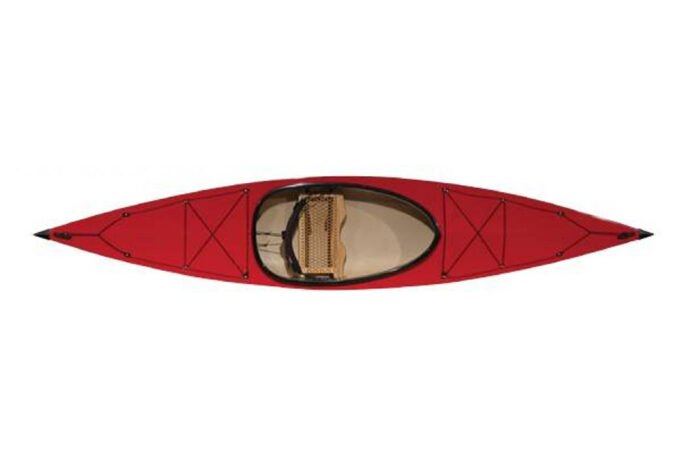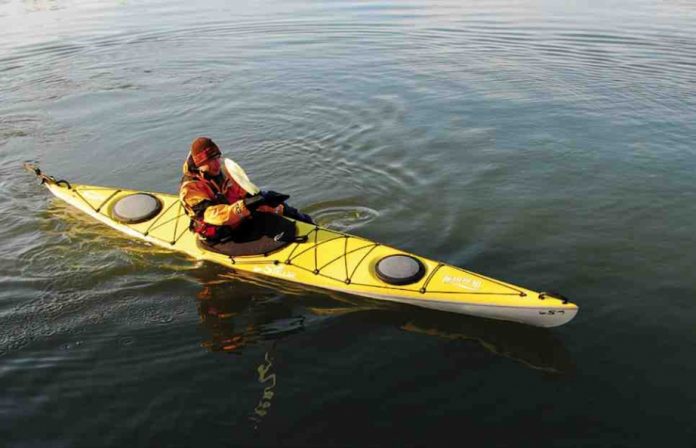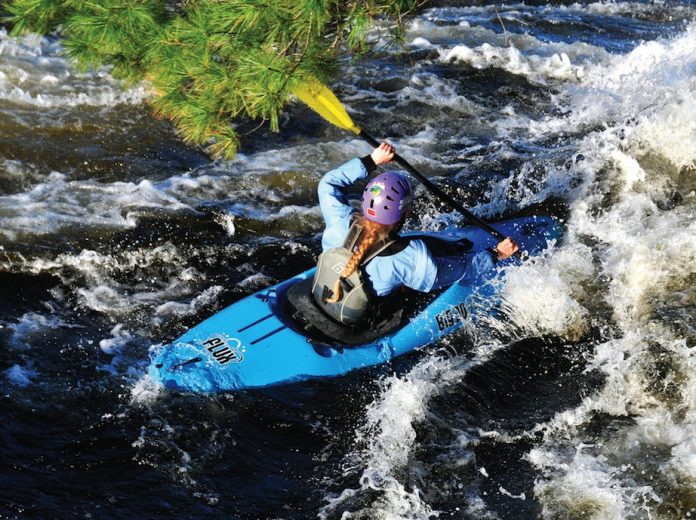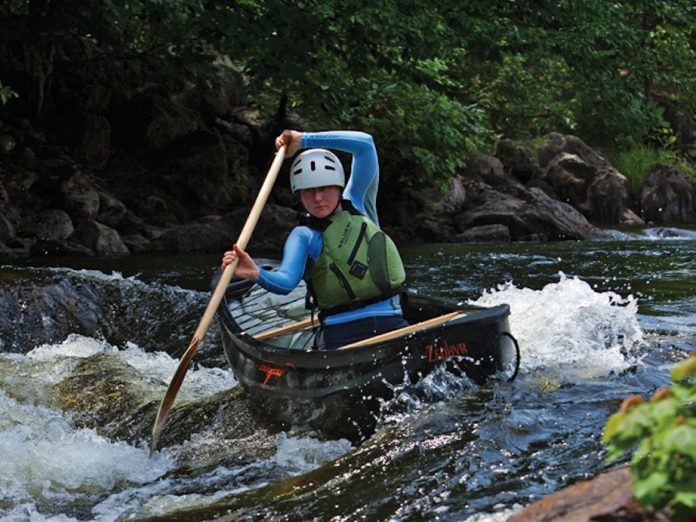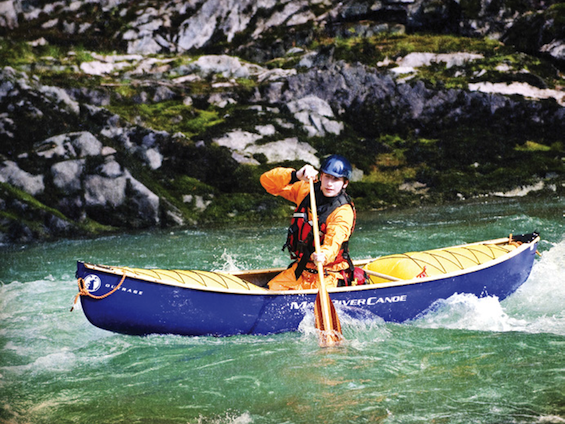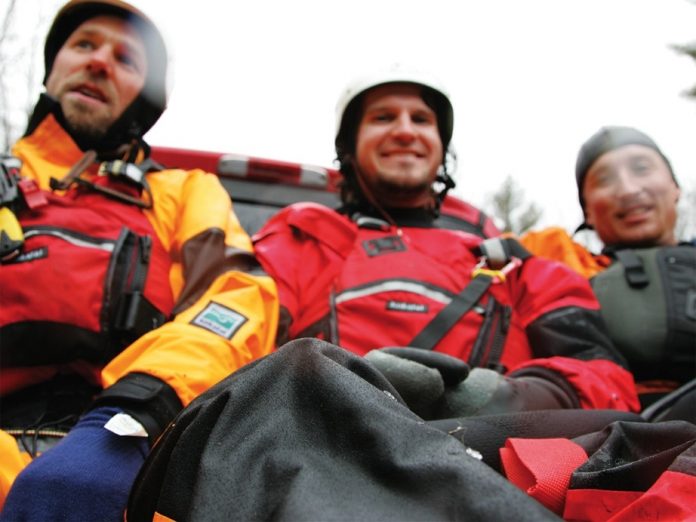This open canoe technique article describes how to effectively brace and was originally published in Rapid magazine.
Any brace is a good brace—even if you high braced when you should have low braced or vice versa. Having your paddle in the water contributes to your stability.
FORWARD STROKE
When to Use: Flipping to either side.
Pros and Cons: The best brace is often a for- ward stroke. When a paddle is in the water with force against the blade, it’s extremely stabilizing. For beginners, doing a forward stroke takes the guesswork out of which brace to choose. The forward stroke has the additional benefit of keeping your canoe moving. Also, some paddlers become habitual low bracers—bracing their way down the river rather than paddling. Using the forward stroke as a brace will help break this habit.
LOW BRACE
When to Use: Flipping to your onside.
How to: With your paddle perpendicular to your canoe, slap the water with the back of your blade and use the momentary support to drop your head and move your body towards the opposite (high) gunwale.
Pros and Cons: Repeated efforts to low brace often result in the paddle sinking and the canoe flipping. Ideally, this brace is a one shot deal to recover and get moving. Doing a stationary brace has one drawback—it’s stationary. A boat is easier to control when it’s underway and this brace doesn’t provide momentum.
RIGHTING PRY
When to Use: Flipping to your offside.
How to: Hold your paddle vertically, blade in the water at your hip and lever off the hull with your top hand.
Pros and Cons: This is an unbelievably solid way to keep your boat upright but it takes presence of mind to employ. The force that’s created from levering your paddle off the hull is very strong. Avoid mashing the thumb of your lower hand between your boat and paddle by keeping it on top of the shaft with the rest of your fingers.
When you’re tipping to your offside, the water feels a long way from your blade. A key part of an effective righting pry is reaching to place your entire blade in the water. Unlike the low brace, the righting pry is often most successful after multiple attempts as you continue to work at finding purchase in the water.
HIGH BRACE
When to Use: Flipping to your offside
How to: Reach your paddle over the high gunwale and grab the water as if you were doing a draw.
Pros and Cons: Much maligned as the least effective brace, it nevertheless looks spectacular in photos. Be aware there is concern that doing a high brace may cause shoulder injury. A good rule of thumb to avoid injury is to stop doing the high brace if you find your lower arm is being forced away from your rib cage.
No matter which brace you use, bring your head and body back over the canoe’s centerline to restore stability.
Remember—even if you have the perfect paddle position for a brace, it’s worthless unless you right the boat and correct your center of gravity.
This article originally appeared in Rapid, Early Summer 2011. Download our free iPad/iPhone/iPod Touch App or Android App or read it here.



